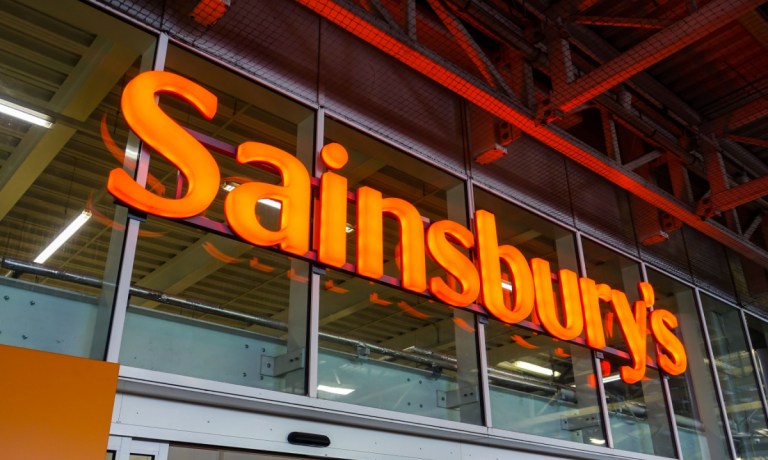
British grocer Sainsbury’s is planning to slowly but surely phase out its banking business.
The move follows a strategic review of the company’s banking arm, the supermarket chain said in a statement Thursday (Jan. 16), which noted Sainsbury’s is weighing several options on how to proceed with its exit from banking.
“Financial services products that we continue to offer in the future will be provided by dedicated financial services providers through a distributed model,” the statement said.
“We already do this successfully with our insurance products. Over time this will result in a phased withdrawal from our core banking business. There will be no immediate changes to the products or services that we provide to our customers,” Sainsbury added.
Sainsbury’s has been considering an exit from the banking business for years, and said in 2020 it had received several offers for the division as it leaned into its “Food First” strategy.
Another U.K. grocery giant is also putting food first. Tesco has been courting buyers for its bank, launched in 1997 as a joint venture between the grocer and the Royal Bank of Scotland.
As PYMNTS reported last year, Tesco has over the years “scaled back its banking services, discontinuing current accounts and selling its mortgage portfolio to Lloyds Banking Group.”
The changes are happening as banks based inside of supermarkets become increasingly rare, with in-store branches closing down at a rate that is seven times higher than that of other branches.
American banks closed 10.7% of their in-store branches in the year ended June 30 of last year, compared to a closure rate of just 1.4% for other branches during the same time frame, according to figures from Federal Deposit Insurance Corp. (FDIC).
This is due to banks gradually reducing their branch networks, with a focus on trimming less-profitable branches that generate lower customer traffic and fewer loans.
The pandemic has sped this process, as more and more consumers embrace online and mobile banking for their convenience and accessibility.
Nathan Stovall, head of financial institutions research at S&P Global Market Intelligence, told CNBC last year that “in-store branches have fallen out of favor at many banks.”